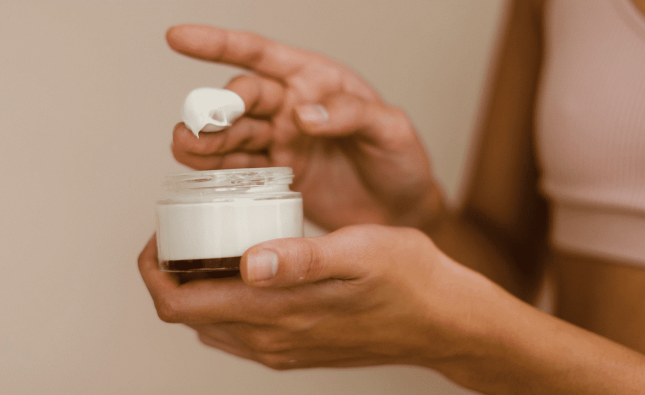
Did you know that pelvic floor exercises are essential for a healthier you? That’s right, this type of exercise has been proven to help strengthen the muscles of your core and improve your overall health. But why should you do these exercises? And what exactly do they involve? In this blog post, we’ll explore the basics of pelvic floor exercises and provide a comprehensive guide to getting started. So put on your workout clothes, grab some comfortable yoga pants, and get ready to learn about strengthening your core for a healthier you!
How do pelvic floor exercises benefit your health?
Your pelvic floor is a group of muscles, ligaments, and tissues that support your bladder, uterus, and rectum. These muscles work together to keep these organs in place and control their function. When your pelvic floor muscles are weak, you may experience urinary incontinence or prolapse of one or more of these organs. Pelvic floor exercises can help to strengthen these muscles and improve your overall health.
Urinary incontinence is a common problem, especially for women. It can be caused by pregnancy, childbirth, menopause, or other factors. Pelvic floor exercises can help to tone the muscles that support the bladder and prevent urine leakage.
Pelvic organ prolapse occurs when the organs fall out of their normal position within the pelvis. This can happen due to weak pelvic floor muscles or damage to the ligaments that support the organs. Pelvic floor exercises can help to prevent prolapse by strengthening the muscles that hold the organs in place.
Incontinence and prolapse are not the only health problems that can be improved by pelvic floor exercises. These exercises can also help to alleviate pain during intercourse, improve sexual function, and reduce the risk of developing erectile dysfunction. Pelvic floor exercises are an important part of maintaining good pelvic health.
How to do pelvic floor exercises
Most people are familiar with the concept of kegel exercises, but few know how to properly perform them. Here is a quick guide on how to do pelvic floor exercises:
-Start by lying on your back with your knees bent and feet flat on the floor. -Tighten your pelvic floor muscles by pretending you are stopping the flow of urine. -Hold the contraction for five seconds, then relax for five seconds. -Repeat this 10 times.
As you get stronger, you can increase the duration of the contraction from five seconds to 10 seconds. You can also add weights to your routine by placing a small dumbbell between your legs as you perform the exercises.
Pelvic floor exercise routines
Your pelvic floor is a group of muscles, ligaments, and tissues that support your bladder, intestines, and uterus. These muscles work together to keep your organs in place and help control your bowel and bladder function. Just like any other muscle in your body, your pelvic floor muscles can become weak or tight from pregnancy, childbirth, surgery, aging, or other factors.
Pelvic floor exercises help to strengthen these muscles. Strong pelvic floor muscles can help you have better control over your bowel and bladder function and may also improve sexual function. Many women who do Pelvic Floor Exercises (Kegels) report an increase in sexual satisfaction and pleasure. In addition, strong pelvic floor muscles can provide support for the pelvis and lower back, helping to prevent pain in these areas.
To find the right muscle group to exercise, pretend you are trying to stop yourself from passing gas. The muscle group you use to do this is the pelvic floor muscle group. Another way to locate these muscles is to insert a finger into the vagina and try to squeeze the sides of the vagina together tightly around your finger. You should feel a lifting sensation as the pelvic floor muscles contract if you are doing the exercise correctly.
It is important not to hold your breath when doing Kegel exercises – breathe normally throughout the reps! To start off slowly, aim for 3 sets of 10-15 repetitions per day. As the pelvic floor muscles get stronger, you can increase reps
Conclusion
Pelvic floor exercises are a great way to improve overall core strength, which can lead to improved health and a more active lifestyle. Taking the time to learn about pelvic floor anatomy, how your muscles work together and what type of exercise is best for you is key in strengthening your core. As with any physical activity, it’s important to listen to your body and adjust accordingly as needed. Embracing just 10 minutes of these activities each day will make an incredible difference in improving your quality of life!











Great info. Lucky me I recently found your blog by accident (stumbleupon). I have saved it for later!
Having read this I believed it was very informative. I appreciate you taking the time and energy to put this short article together. I once again find myself personally spending a lot of time both reading and posting comments. But so what, it was still worth it!
Spot on with this write-up, I really believe that this site needs a great deal more attention. I’ll probably be returning to see more, thanks for the information!